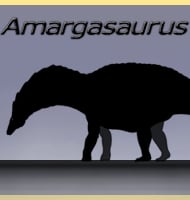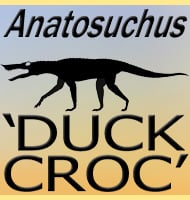In Depth
The superficial morphology of Milleretta is that of a modern lizard with an array of sharp teeth suited for work on insects. Milleretta is considered an anapsid on the basis that the skull has no openings behind the eye socket. Early study of the skull did reveal two depressions at the back of the skull that caused some doubt to this classification, but further study has revealed that they were likely there to accommodate eardrums. This in turn has led to speculation that Milleretta had very good hearing and possibly used this to locate its prey.
Further Reading
– A note on the postcranial skeleton of Milleretta (Amniota: Parareptilia). – Chris E. Gow – 1997.










